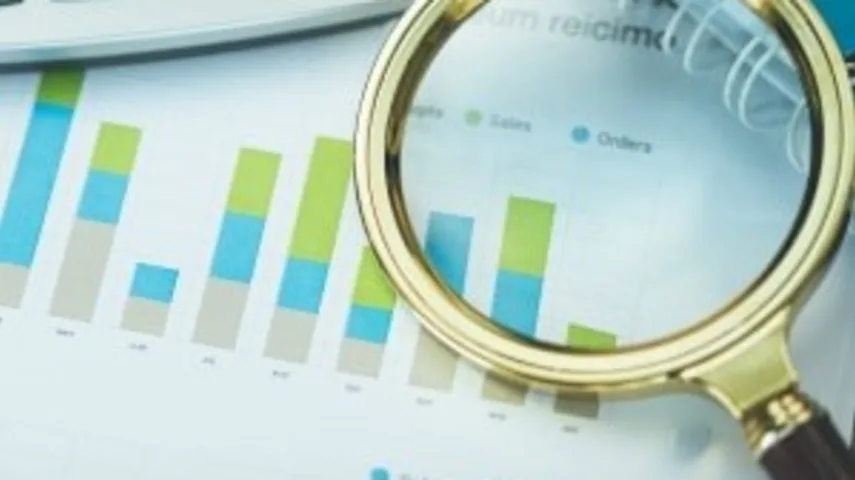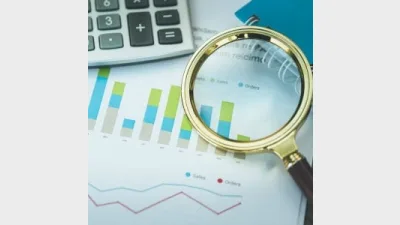Can global SMID funds compete with Aussie counterparts?



As Fidelity launches a global version of its mid and small-cap Future Leaders fund, has it been better to be invested in Australian or global ones in recent years?
The firm said the attraction of launching a global version would expand the investment universe and identify global small and mid-cap companies at an early investment stage.
Looking at data from FE Analytics, it was a clear victory for the Australian small and mid-cap sector over both long and short-term time periods.
The biggest difference was seen over a five-year time horizon with the Australian sector returning almost double the returns by the global sector. Over five years to 31 August, 2020, the Australian sector returned 73% while the global counterpart returned just 39%.
Over shorter time-periods, the Australian sector had also outperformed over both one and three years as well with returns of 7.8% over one year to 31 August and 32% over three years. The global sector achieved less than this with returns of 4.9% over one year and 25% over three years.
Performance of Australian small and mid-cap sector versus global small and mid-caps over five years to 31 August 2020
The best-performing fund in the Australian space over five years was Ophir Opportunities which had seen total returns of 170%. The concentrated small-cap fund was launched in 2012 and focused on high quality, emerging businesses which were exposed to structural growth opportunities.
“With a bias towards cash-generative businesses with sound balance sheets and highly capable management teams, the fund seeks to identify these opportunities early in a company’s life cycle, when it is typically under-researched and under-valued by the investment market,” the fund said.
Like Fidelity, Ophir launched a version of this fund last year, Ophir Global Opportunities.
As well as Ophir, there were 11 funds in the sector which had reported returns of over 100% over the five years which were SGH Emerging Companies, Macquarie Small Companies, Macquarie Australian Small Companies, OC Micro-Cap, Cromwell Phoenix Opportunities, Pendal Microcap Opportunities, Australian Ethical Emerging Companies, Ausbil MicroCap, Fidelity Future Leaders, Hyperion Small Growth Companies and VanEck Vectors S&P/ASX MidCap ETF.
In contrast, the highest performance in the global space came from Bell Global Emerging Companies which returned 60.9%, far less than in the Australian space.
Performance of best-performing Australian and global small and mid-cap funds over five years to 31 August 2020
Recommended for you
Perpetual has appointed a new CEO for affiliate J O Hambro Capital Management, as it tries to stem outflows and refresh the brand.
Outflows of US$1.4 billion from its US equity funds have contributed to GQG Partners reporting its highest monthly outflows for 2025 in August.
Domestic equity managers are lagging the ASX 200 in the first half of the year, according to S&P, with almost three-quarters of Australian equity funds underperforming over the six-month period.
ETFs saw almost $5 billion of inflows during August, with international equities gaining double those of fixed income funds, as total assets close in on $300 billion.














